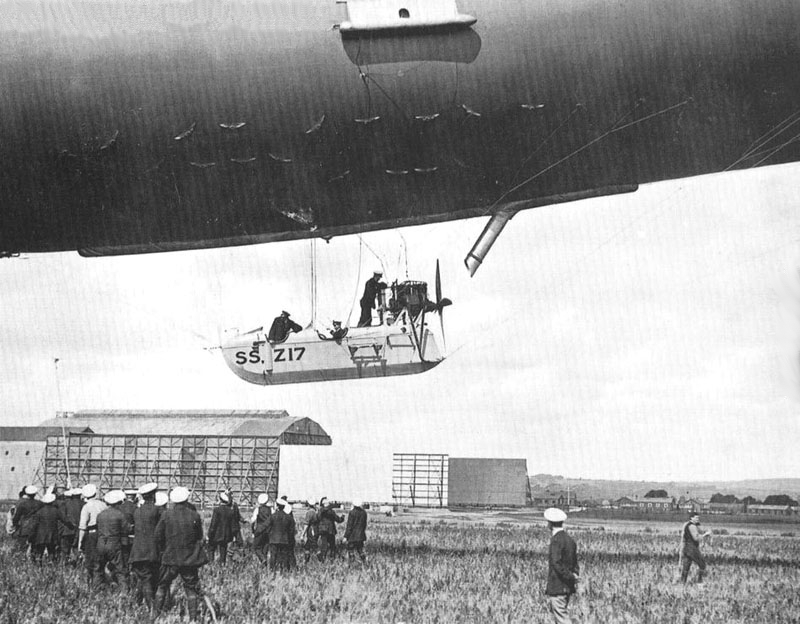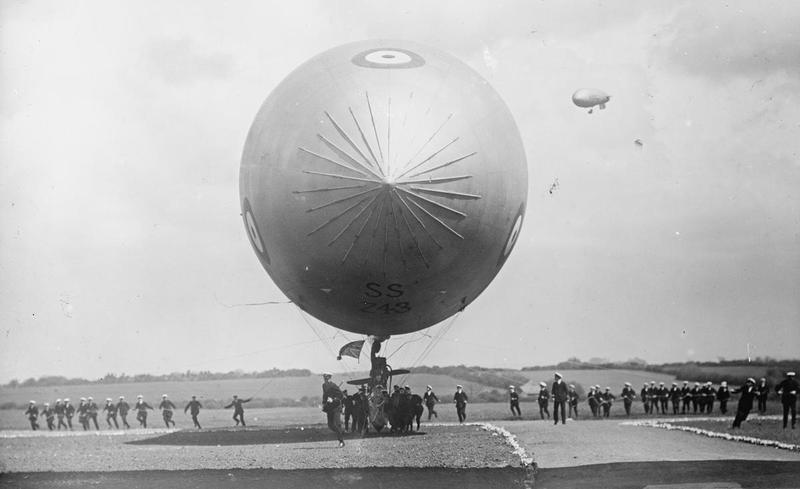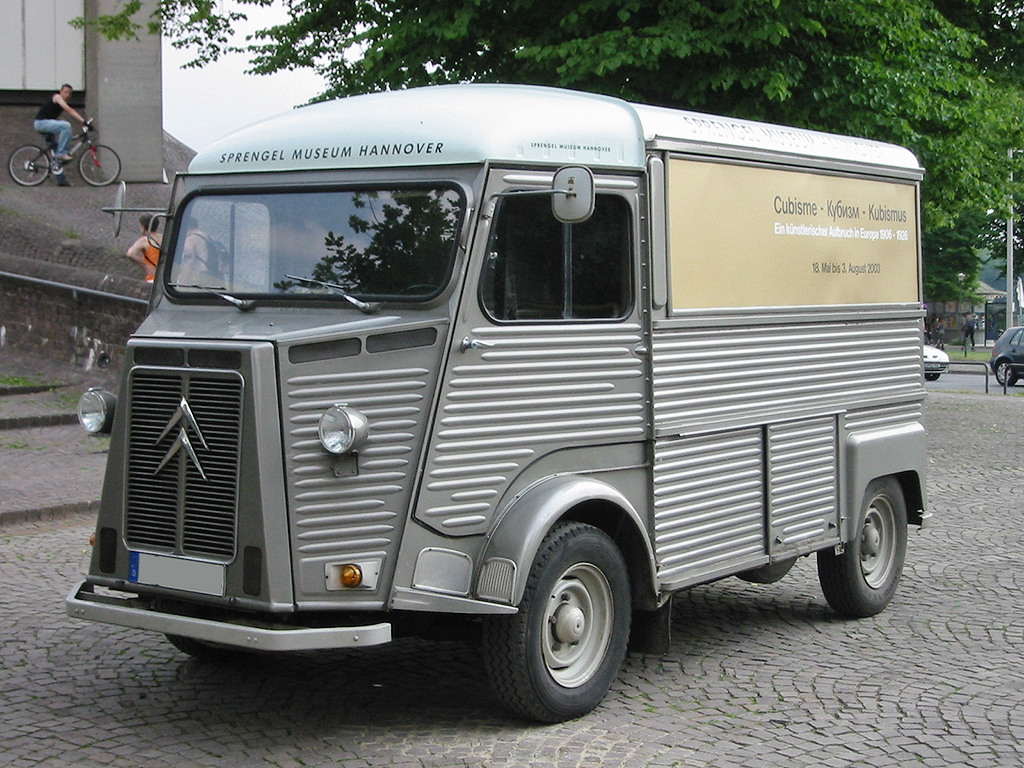|
RNAS Pembroke
Royal Air Force Carew Cheriton, or more simply RAF Carew Cheriton, is a former Royal Air Force station located near Carew, Pembrokeshire, Carew, Pembrokeshire. It was situated north west of Tenby. It covered and more, the same site of the World War I, First World War airship station, RNAS Pembroke (aka Milton), which had been decommissioned and sold off by the Admiralty (United Kingdom), Admiralty during the Interwar period. It opened in the 1939, for RAF Coastal Command. The station was transferred to RAF Technical Training Command in 1942 and closed in 1945. History Milton Airship Station / RNAS Pembroke The World War I, First World War airship station at Milton, RNAS Pembroke, officially opened in August 1915. Out of the airship station ''Submarine Scout'' or ''Sea Scout'' SS class airship, ''Sea Scout Zero'' SSZ class airship and ''C-Class'' or ''Coastals'' Coastal class airship, all Blimp, non-rigid airships, operated over the Irish Sea, Bristol Channel and Western ... [...More Info...] [...Related Items...] OR: [Wikipedia] [Google] [Baidu] |
Carew, Pembrokeshire
Carew () is a village, parish and Community (Wales), community on an inlet of Milford Haven (harbour), Milford Haven in the former Hundred (country subdivision), Hundred of Narberth (hundred), Narberth, Pembrokeshire, West Wales, east of Pembroke, Pembrokeshire, Pembroke. The eastern part of the parish is in the Pembrokeshire Coast National Park. Description The meaning of the name is unclear. In Welsh it could mean "fort on a hill" (Caer-rhiw), "fort by yews" (Caer-yw) or simply "forts" (Caerau). The village grew up to serve the nearby Normans, Norman castle. The parish includes several other villages and hamlets, including Carew Cheriton (around the parish church), Carew Newton, Milton, West Williamston, Sageston and Whitehill. Textile mills gave Milton its name. In the 19th century, there was a carding mill downstream, a weaving mill by the bridge, and a fulling mill upstream. West Williamston had an industrial history: limestone was quarried in the area for centuries; ston ... [...More Info...] [...Related Items...] OR: [Wikipedia] [Google] [Baidu] |
SS Class Airship
SS (''Submarine Scout'' or ''Sea Scout'') class airships were simple, cheap and easily assembled small non-rigid airships or "blimps" that were developed as a matter of some urgency to counter the German U-boat threat to British shipping during World War I. A secondary purpose was to detect and destroy mines. The class proved to be versatile and effective, with a total of 158 being built in several versions.SS class airship. Airship Heritage Trust. Retrieved on 18 March 2009. Requirement Soon after the outbreak of World War I, the threat to British shipping from German submarines became increasingly apparent, with numerous losses occurring during October and November 1914. Then, on 4 February 1915, a communiqué issued by the[...More Info...] [...Related Items...] OR: [Wikipedia] [Google] [Baidu] |
Tent
A tent is a shelter consisting of sheets of fabric or other material draped over or attached to a frame of poles or a supporting rope. While smaller tents may be free-standing or attached to the ground, large tents are usually anchored using guy ropes tied to stakes or tent pegs. First used as portable homes by nomads, tents are now more often used for recreational camping and as temporary shelters. Tents range in size from " bivouac" structures, just big enough for one person to sleep in, up to huge circus tents capable of seating thousands of people. Tents for recreational camping fall into two categories. Tents intended to be carried by backpackers are the smallest and lightest type. Small tents may be sufficiently light that they can be carried for long distances on a touring bicycle, a boat, or when backpacking. The second type are larger, heavier tents which are usually carried in a car or other vehicle. Depending on tent size and the experience of the person or peop ... [...More Info...] [...Related Items...] OR: [Wikipedia] [Google] [Baidu] |
Canvas
Canvas is an extremely durable Plain weave, plain-woven Cloth, fabric used for making sails, tents, Tent#Marquees and larger tents, marquees, backpacks, Shelter (building), shelters, as a Support (art), support for oil painting and for other items for which sturdiness is required, as well as in such fashion objects as handbags, electronic device cases, and shoes. It is popularly used by artists as a painting surface, typically stretched across a wooden frame. Although historically made from hemp, modern canvas is usually made of cotton, linen, or sometimes polyvinyl chloride (PVC). It differs from other heavy cotton fabrics, such as denim, in being plain weave rather than Twill, twill weave. Canvas comes in two basic types: plain and Cotton duck, duck. The threads in duck canvas are more tightly woven. The term ''duck'' comes from the Dutch language, Dutch word for cloth, ''doek''. In the United States, canvas is classified in two ways: by weight (ounces per square yard) and by ... [...More Info...] [...Related Items...] OR: [Wikipedia] [Google] [Baidu] |
Hydrogen Storage
Several methods exist for storing hydrogen. These include mechanical approaches such as using high pressures and low temperatures, or employing chemical compounds that release H2 upon demand. While large amounts of hydrogen are produced by various industries, it is mostly consumed at the site of production, notably for the synthesis of ammonia. For many years hydrogen has been stored as compressed gas or cryogenic liquid, and transported as such in cylinders, tubes, and cryogenic tanks for use in industry or as propellant in space programs. The overarching challenge is the very low boiling point of H2: it boils around 20.268 K (−252.882 °C or −423.188 °F). Achieving such low temperatures requires expending significant energy. Although molecular hydrogen has very high energy density on a mass basis, partly because of its low molecular weight, as a gas at ambient conditions it has very low energy density by volume. If it is to be used as fuel stored on board a vehic ... [...More Info...] [...Related Items...] OR: [Wikipedia] [Google] [Baidu] |
Airship Hangar
Airship hangars (also known as airship sheds) are large specialized buildings that are used for sheltering airships during construction, maintenance and storage. Rigid airships always needed to be based in airship hangars because weathering was a serious risk. History Early hangars The first real airship hangar was built as Hangar "Y" at Chalais-Meudon near Paris in 1879 where the engineers Charles Renard and Arthur Constantin Krebs constructed their first airship " La France". Hangar "Y" is one of the few remaining airship hangars in Europe. The construction of the first operational rigid airship LZ1 by Count Ferdinand von Zeppelin started in 1899 in a floating hangar on Lake Constance at Manzell today part of Friedrichshafen. The floating hangar turned into the direction of the wind on its own and so it was easier to move the airship into the hangar exactly against the wind. For the same reason later rotating hangars were built at Biesdorf (today part of Berlin) and at t ... [...More Info...] [...Related Items...] OR: [Wikipedia] [Google] [Baidu] |
Corrugated Galvanised Iron
Corrugated galvanised iron (CGI) or steel, colloquially corrugated iron (near universal), wriggly tin (taken from UK military slang), pailing (in Caribbean English), corrugated sheet metal (in North America), zinc (in Cyprus and Nigeria) or custom orb / corro sheet (Australia), is a building material composed of sheets of hot-dip galvanizing, hot-dip galvanised mild steel, cold forming, cold-rolled to produce a linear ridged pattern in them. Although it is still popularly called "iron" in the UK, the material used is actually steel (which is iron alloyed with carbon for strength, commonly 0.3% carbon), and only the surviving vintage sheets may actually be made up of 100% iron. The corrugations increase the bending strength of the sheet in the direction perpendicular to the corrugations, but not parallel to them, because the steel must be stretched to bend perpendicular to the corrugations. Normally each sheet is manufactured longer in its strong direction. CGI is lightweight ... [...More Info...] [...Related Items...] OR: [Wikipedia] [Google] [Baidu] |
Maritime Patrol
Maritime patrol or maritime reconnaissance is the task of monitoring areas of water. Generally conducted by military and law enforcement agencies, maritime patrol is usually aimed at identifying human activities. Maritime patrol refers to active patrol of an area, as opposed to passive monitoring systems such as sound-detection fixtures or land-based spotters. A patrol consists of a ship, submarine, aircraft or satellite examining the patrolled area and seeking out activities to be identified and reported. Maritime patrol is critical in wartime situations for navies to locate enemy forces to engage or defend against. Peacetime patrols are important for interdiction of criminal activities and for ensuring legal use of waters. Maritime patrols can be conducted by surface ships and submarines, by aircraft (e.g. MPA) and other aerial vehicles, and even by satellites. Human spotting remains an important part of detecting activity, but increasingly electronic systems are used. Typ ... [...More Info...] [...Related Items...] OR: [Wikipedia] [Google] [Baidu] |
Anti-submarine Warfare
Anti-submarine warfare (ASW, or in the older form A/S) is a branch of underwater warfare that uses surface warships, aircraft, submarines, or other platforms, to find, track, and deter, damage, or destroy enemy submarines. Such operations are typically carried out to protect friendly shipping and coastal facilities from submarine attacks and to overcome blockades. Successful ASW operations typically involve a combination of sensor and weapon technologies, along with effective deployment strategies and sufficiently trained personnel. Typically, sophisticated sonar equipment is used for first detecting, then classifying, locating, and tracking a target submarine. Sensors are therefore a key element of ASW. Common weapons for attacking submarines include torpedoes and naval mines, which can both be launched from an array of air, surface, and underwater platforms. ASW capabilities are often considered of significant strategic importance, particularly following provocative instanc ... [...More Info...] [...Related Items...] OR: [Wikipedia] [Google] [Baidu] |
Western Approaches
The Western Approaches is an approximately rectangular area of the Atlantic Ocean lying immediately to the west of Ireland and parts of Great Britain. Its north and south boundaries are defined by the corresponding extremities of Britain. The coast of the mainland forms the eastern side and the western boundary is the 30 degree meridian, which passes through Iceland. The area is particularly important to the United Kingdom, because many of its larger shipping ports lie within it. The term is most commonly used when discussing naval warfare, notably during the Napoleonic Wars, the First World War and the Battle of the Atlantic during the Second World War in which Nazi Germany's ''Kriegsmarine'' attempted to blockade the United Kingdom using submarines (U-boats) operating in this area. Since almost all shipping to and from the United Kingdom passed through this area, it was an excellent hunting ground and had to be heavily defended. See also *Irish Sea *GIUK gap The GIUK gap ... [...More Info...] [...Related Items...] OR: [Wikipedia] [Google] [Baidu] |
Bristol Channel
The Bristol Channel (, literal translation: "Severn Sea") is a major inlet in the island of Great Britain, separating South Wales (from Pembrokeshire to the Vale of Glamorgan) and South West England (from Devon to North Somerset). It extends from the smaller Severn Estuary of the River Severn () to the North Atlantic Ocean. It takes its name from the English city and port of Bristol. Long stretches of both sides of the coastline are designated as Heritage Coast. These include Exmoor, Bideford Bay, the Hartland Point peninsula, Lundy Island, Glamorgan, Gower Peninsula, Carmarthenshire, South Pembrokeshire and Caldey Island. Until Tudor times the Bristol Channel was known as the Severn Sea, and it is still known as this in both and . Geography The International Hydrographic Organization (IHO) defines the offshore western limit of the Bristol Channel as "a line joining Hartland Point in Devon () to St. Govan's Head in Pembrokeshire ()". Western and northern Pembrok ... [...More Info...] [...Related Items...] OR: [Wikipedia] [Google] [Baidu] |
Irish Sea
The Irish Sea is a body of water that separates the islands of Ireland and Great Britain. It is linked to the Celtic Sea in the south by St George's Channel and to the Inner Seas off the West Coast of Scotland in the north by the North Channel (Great Britain and Ireland), North Channel. Anglesey, North Wales, is the largest island in the Irish Sea, followed by the Isle of Man. The term ''Manx Sea'' may occasionally be encountered (, , ). On its shoreline are Scotland to the north, England to the east, Wales to the southeast, Northern Ireland and the Republic of Ireland to the west. The Irish Sea is of significant economic importance to regional trade, shipping and transport, as well as fishing and power generation in the form of wind power and nuclear power plants. Annual traffic between Great Britain and Ireland is over 12 million passengers and of traded goods. Topography The Irish Sea joins the North Atlantic at both its northern and southern ends. To the north, the ... [...More Info...] [...Related Items...] OR: [Wikipedia] [Google] [Baidu] |








